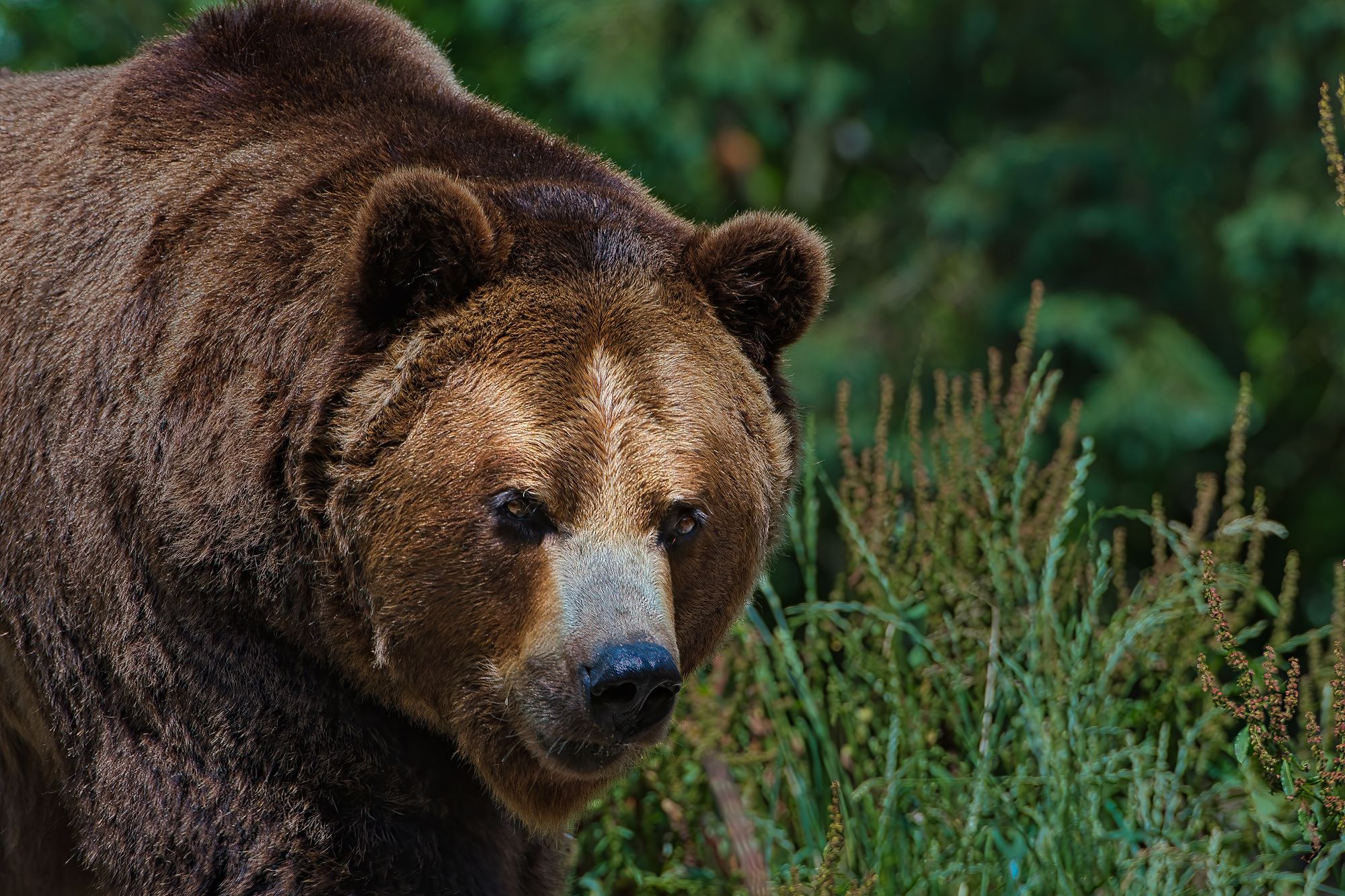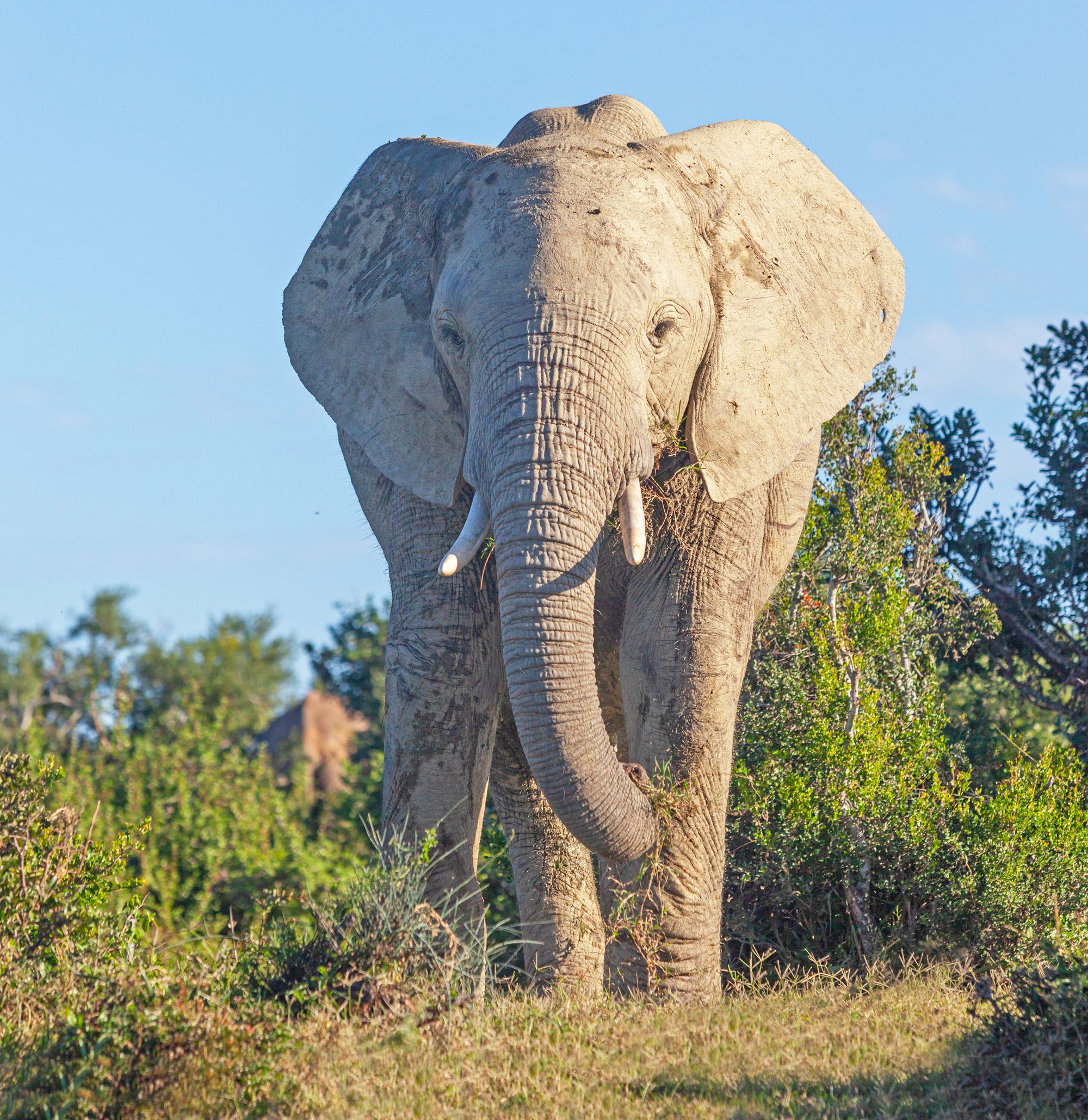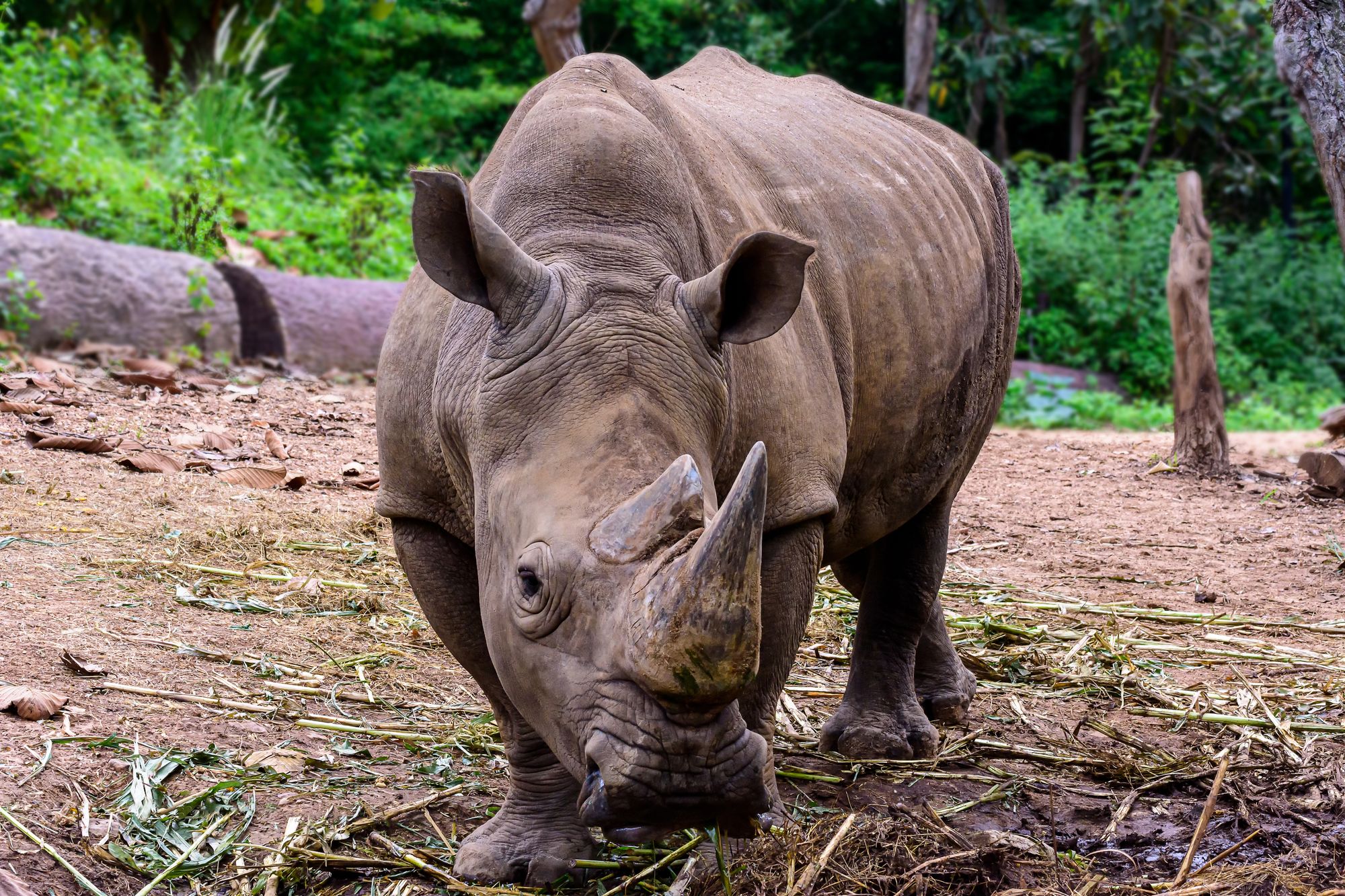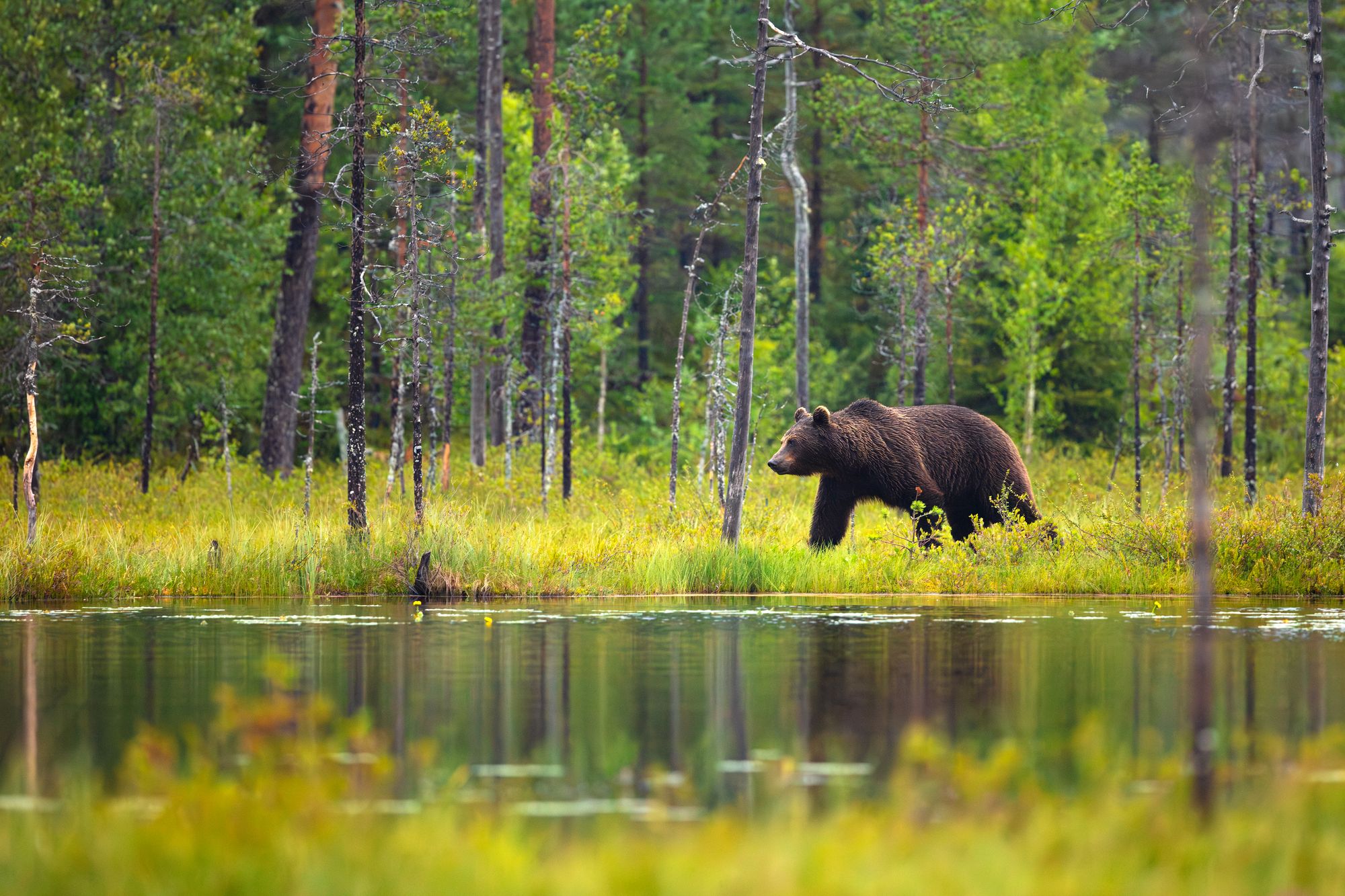Photographing large animals in their natural habitat is a thrilling and rewarding experience, but it also requires careful consideration, respect for the animals, and adherence to safety protocols. Whether you're capturing the majestic beauty of elephants on the African savannah or the elusive grace of polar bears in the Arctic, here are some essential tips for approaching and photographing large animals:
Research and Preparation
Before embarking on your photographic journey, research the species of large animals you intend to photograph, including their behavior, habitat, and any relevant safety guidelines. Familiarize yourself with the area's regulations regarding wildlife photography, and plan your approach accordingly
Respect Wildlife Distances
Always maintain a safe distance from large animals to avoid disturbing or provoking them. Respect their personal space and natural behaviors, and never approach too closely or attempt to interact with them.
Be Patient and Observant
Successful wildlife photography requires patience, observation, and a willingness to wait for the perfect moment. Spend time observing the animals' behavior and movements, and anticipate potential photo opportunities.
Move Slowly and Quietly
When approaching large animals, move slowly and quietly to avoid startling or alarming them. Avoid sudden movements or loud noises that could cause the animals to flee or become defensive.
Use Telephoto Lenses
Telephoto lenses are essential for capturing detailed shots of large animals from a safe distance. Invest in high-quality telephoto lenses with long focal lengths to bring distant subjects closer and capture stunning close-ups without compromising your safety or the animals' welfare.
Focus on Behavior and Interaction
Instead of solely focusing on close-up portraits, aim to capture images that showcase the animals' behavior, interactions, and natural habitat. Look for compelling moments of socialization, feeding, grooming, or movement that tell a story and evoke a sense of the animals' lives in the wild.
Respect Wildlife Ethics
As a responsible photographer, prioritize the welfare and conservation of the animals you photograph. Avoid using bait or artificial attractants to lure animals closer, as this can disrupt their natural behaviors and lead to negative consequences.
Practice Safety First
Above all, prioritize your safety and the safety of the animals when photographing large wildlife. Stay vigilant and aware of your surroundings at all times, and be prepared to react calmly and decisively in the event of unexpected encounters or situations.







